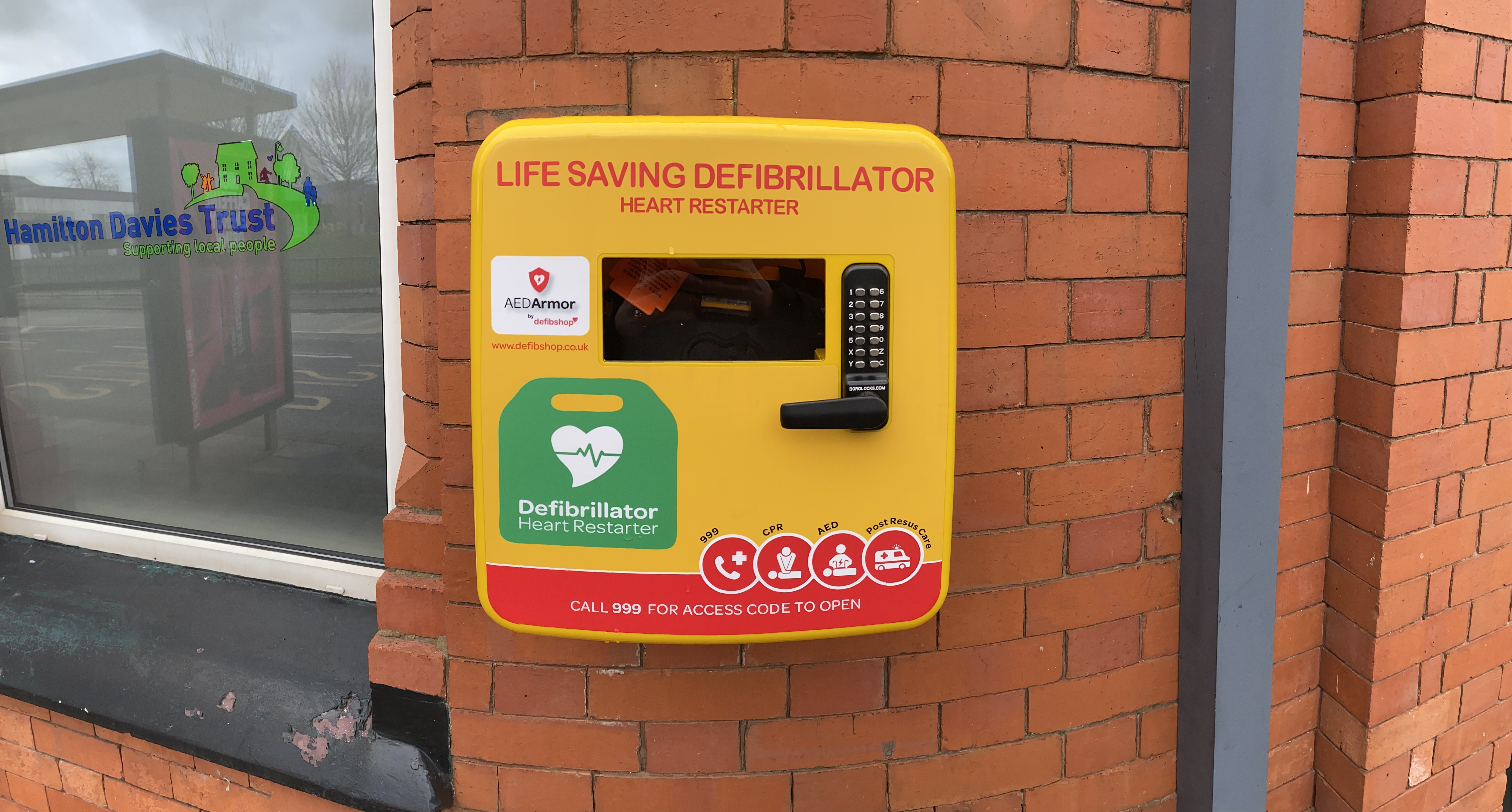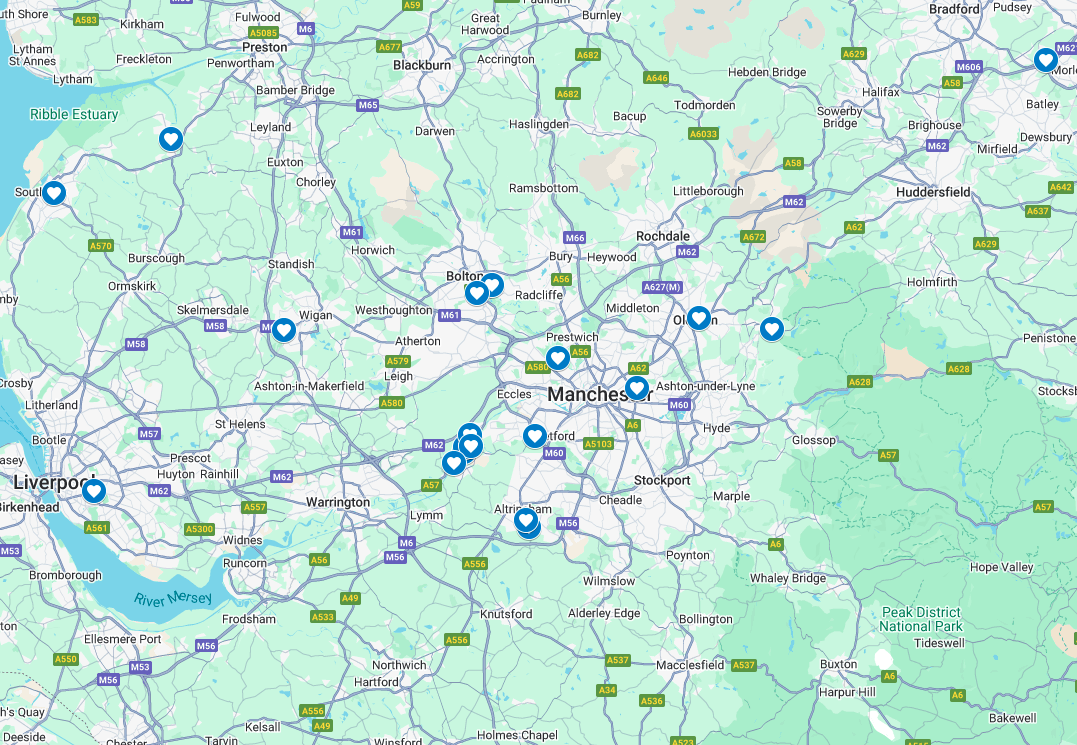Why Wind Farms Must Have Defibrillators: Enhancing Safety Against Cardiac Arrest Risks

Wind farms present multiple risks for employees, including electrocution, falling and fires. However, one risk is overlooked; Sudden Cardiac Arrest.
Responsible for the generation of electricity, wind farms are hazardous environments for both employees and visitors. Within these hazardous environments, do defibrillators have a place?
The Benefits of Placing Defibrillators in Wind Farms
Wind farms are away from civilization for the safety of the population. Some are at sea to maximise the wind power. These workplaces span across large areas of land that are usually inaccessible to the public.
This simple aspect makes it increasingly difficult for Emergency Services to access any cardiac emergencies. Investing in a defibrillator and delivering treatment within 3-5 minutes of the victim collapsing increases their survival chance, from 6% to 74%.
Electrocution is a significant risk within wind farms. Continually working with high voltages puts employees at risk of electrocution which, in some instances, has led to cardiac arrest. Delaying treatment leads to a 10% decrease in the victim's survival chance.
The electric shock causes the heart to enter into a potentially fatal arrhythmia, either Ventricular Fibrillation (VF) or Ventricular Tachycardia (VT). During these arrhythmias, blood is not pumped around the body effectively, thus depriving the vital organs. The shock from a defibrillator and effective CPR is the only definitive treatment for victims of cardiac arrest.
Investing and installing a defibrillator in a wind farm could lead to saving a life.
SSE Invests
Energy company, SSE initially installed ZOLL AED Plus defibrillators across all their UK offices. Some invested in multiple defibrillators for each floor to ensure the protection of all staff and equipment availability.
SSE also invested in training for their staff in effective CPR and defibrillator usage. The decision was also made to equip their windfarms with HeartSine Samaritan PAD 360P defibrillators. Given their high IP rating of 56, they are able to withstand the harsh elements wind farms present on a daily basis.
Ready to Invest?
It is essential employers implement adequate safety procedures in all working conditions. Investing in a defibrillator for a wind farm demonstrates you're taking safety seriously.
Explore our Multi-Site defibrillator packages and equip your workplace with the tools to save a life.
defibshop are committed to equipping everyone with the skills and knowledge to save a life. Speak to one of our Product Specialists on 0161 776 7422 or fill out our Contact Form.
FAQs
Why is it important to have defibrillators at wind farms?
Wind farms are typically located far from urban areas and can be challenging for emergency services to access quickly. Having defibrillators on-site is crucial because they can provide immediate life-saving treatment for sudden cardiac arrest, which can be triggered by workplace hazards such as electrocution.
How do defibrillators improve survival rates in cardiac emergencies at wind farms?
Immediate access to a defibrillator at wind farms can increase the survival rate of a cardiac arrest victim from 6% to 74% if treatment is provided within 3-5 minutes of collapse. Each minute of delay reduces the chance of survival by 10%.
What specific challenges do wind farms present that justify the need for on-site defibrillators?
The remote and hazardous nature of wind farms, coupled with risks such as high voltage work that can lead to electrocution and subsequent cardiac arrest, makes it imperative to have defibrillators readily available to address cardiac emergencies effectively.
What type of defibrillators are used in wind farms and why?
Wind farms require rugged defibrillators that can withstand harsh environmental conditions. Devices like the HeartSine Samaritan PAD 360P, with a high IP rating, are chosen for their durability and reliability in outdoor settings subject to elements like moisture and dust.
How are companies like SSE addressing safety with defibrillators in wind farms?
SSE has proactively installed ZOLL AED Plus defibrillators across their offices and HeartSine Samaritan PAD 360P defibrillators in their wind farms. They also invest in staff training for effective CPR and defibrillator usage to ensure preparedness for cardiac emergencies.












